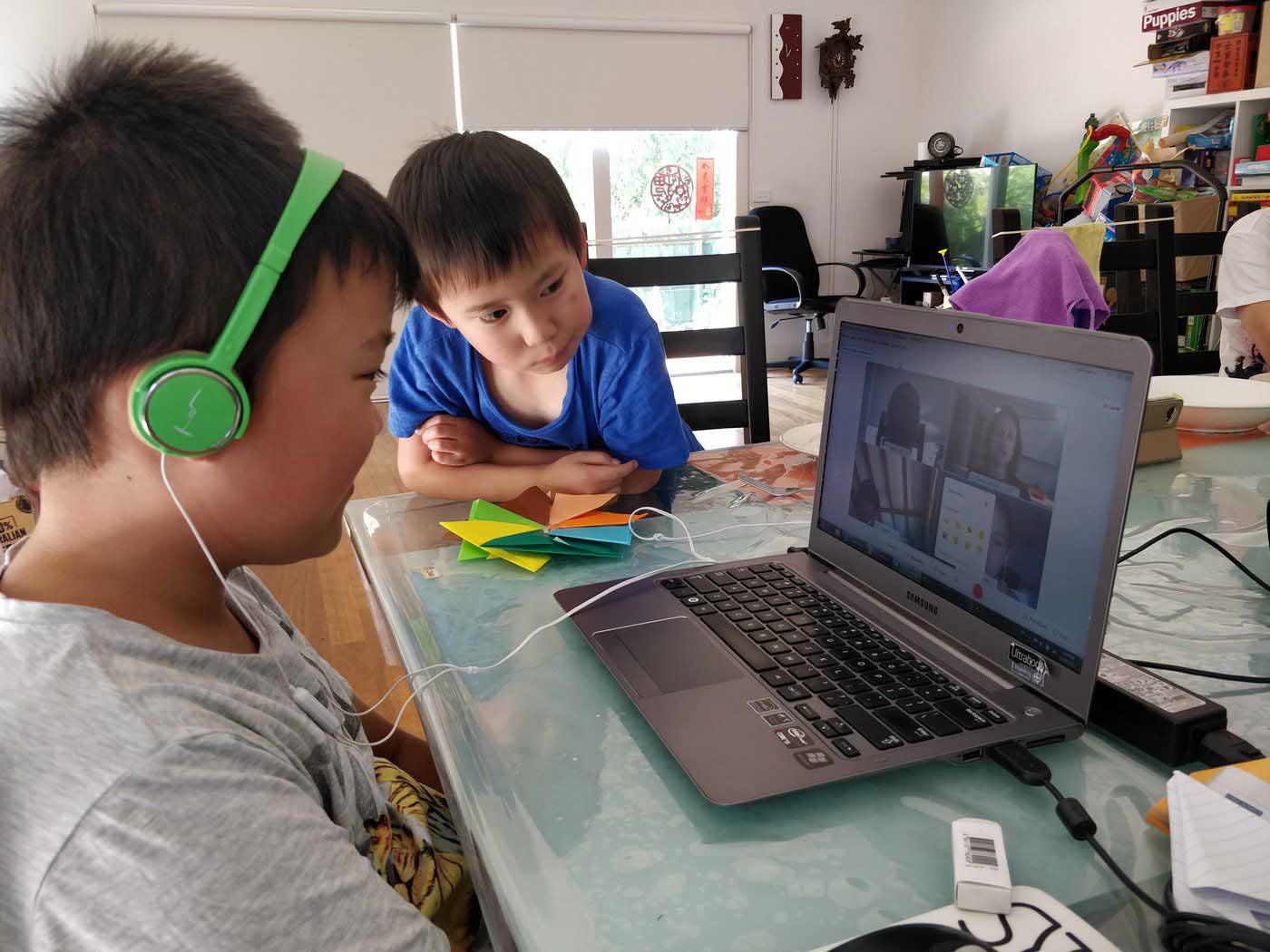By Thomas Chiu, Chinese University of Hong Kong in Hong Kong
Almost three quarters of the world’s students — more than one billion people — were affected by COVID-related school closures in 2020.
The end result: the way teachers work changed so profoundly it’s difficult to believe schooling might ever go back to the way it was.
Some are optimistic a digital shift has occurred, one that will not disappear once normality returns. But the pandemic has also highlighted a need to rethink education with digital technologies.
A survey of 1,200 school students, 18 teachers, and 20 parents/guardians in Hong Kong has found students struggle to have meaningful digital learning without emotional support from teachers.
Online education needs to be humanised to provide connection and establish a warm, friendly rapport to optimise learning.
1) Emotional support and connection are important
“I joined because I was told to. I just played videos without paying much attention,” said one student.
Students themselves expressed a need to connect on an emotional, human level with teachers, to have their circumstances recognised, and feel supported in their efforts to learn.
One of the top three worries students nominated was their inability to meet and interact with peers (60 percent of respondents) and teachers (75 percent).
The basic psychological needs of students are the same, regardless of whether learning is in-school or virtual. In challenging scenarios, such as school closures, social distancing and lockdown, providing ample emotional support and connection through digital media is even more important for students.
Digital education needs to actively build in opportunities for students to connect with their classmates and teachers. Timetables designed with space for teachers-and-students and students-and-students to interact socially in a safe and casual online environment can foster a stronger sense of student belonging and connection.
2) Teachers need support too
Although teachers tried to deliver curricula online, feedback from students showed their efforts did not go as planned. Around 80 percent of students felt they could not understand subject content solely by watching video lessons.
Teachers need support to produce multimedia learning materials. These could be mobile-friendly (optimised for smaller screens and lower bandwidths) so students can more readily access them, and presented in different formats (video, infographics, text) to cater for students with different learning styles.
Contemporary teachers need professional development activities to address personal privacy and data issues, and sustain teacher growth and student wellbeing.
Education policy should also evolve: curriculum guidelines could incorporate ‘connect more, support more’ instructional approaches and ‘learn more, evaluate less’ assessment strategies.
3) It’s ok (and sometimes helpful) to use emojis
“My favourite teacher is not good at teaching on Zoom. She is effective and lovely in the classroom, but noisy and boring online,” was the feedback from one student.
Equipping teachers with tailored techniques and resources can enhance their digital communication skills. These can be simple, such as sending warm, friendly audio messages, and using appropriate emojis for feedback and comments on student work.
Effective communication involves both parties, and students too need training. Other than for learning and teaching, improving digital communications skills can help boost feelings of wellbeing and enhance social function both inside and outside the classroom.
4) The role of parents remains critical
Parents also struggled to redefine their role, adjust their expectations, and communicate effectively with their children. Parents provided feedback such as:
“I want my kids to attend all the lessons and pass all the tests.”
“I didn’t know how to help with my child’s digital learning.”
“My kid finds my text communications long and boring”
“I don’t understand the online slang and abbreviations my kids use online.”
With in-school learning, the role of the parent or guardian involves showing support for, and interest in, their child’s education, providing as conducive an environment as possible for learning and, as appropriate, providing support on homework tasks.
The same rules apply for the digital learning environment, the role of parents even more vital. Parents need to understand the expectations on their children, foster feelings of enthusiasm and positivity, familiarise themselves with digital jargon, and protect the general and emotional wellbeing of their kids in digital learning.
The COVID-19 pandemic and resulting school closures were unprecedented. But the lessons we can take from this rapid pivot to digital education will be valuable as education becomes increasingly digital. The transformation was already underway; COVID has provided signposts to a better online future.
Originally published under Creative Commons by 360info™.
Thomas Chiu is Assistant Professor of Digital Education at the Department of Curriculum and Instruction, and Associate Director of the Centre for Learning Sciences and Technologies at The Chinese University of Hong Kong. He has a strong academic background in mathematics, engineering, and technology, with extensive teaching and leadership experience in schools.
The author declared no conflicts of interest in relation to this article.












